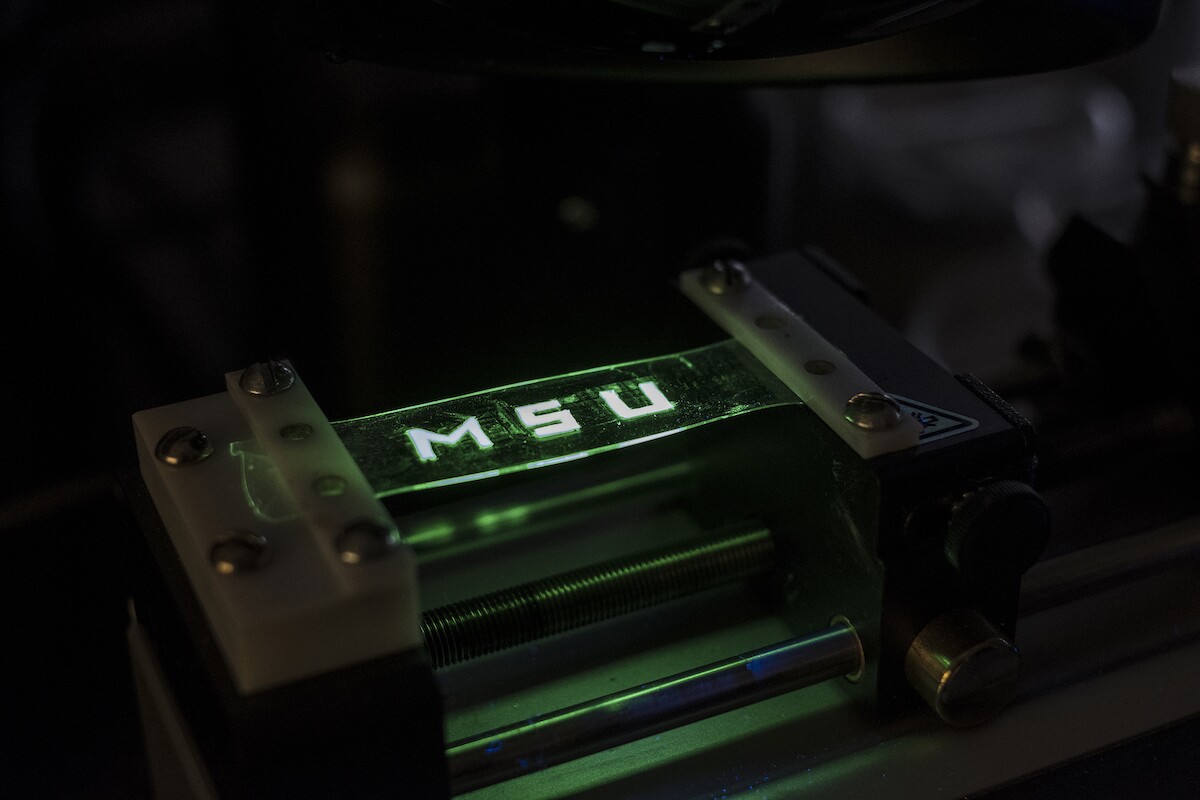When you think circuitry, you probably think of rigid resin chips, but circuits that have a little more give could allow electronics to be integrated into clothing or film, stretched over the skin or embedded inside the body. While these are usually expensive to produce, researchers at Michigan State University (MSU) have used a plain old inkjet printer to make stretchy circuits that could form the basis of smart fabrics.
Printable circuitry itself isn't completely new either. MIT researchers created a kind of stamp that quickly makes the electronic food labels of the future, and a Georgia Tech team used off-the-shelf equipment to print test circuits onto paper and PET film. But the MSU study marks the first time electronics could be both printable and stretchable.
"We can conceivably make the costs of producing flexible electronics comparable to the costs of printing newspapers," says Chuan Wang, lead researcher on the project. "Our work could soon lead to printed displays that can easily be stretched to larger sizes, as well as wearable electronics and soft robotics applications."
The smart fabrics are made of several electronic "inks," which in turn are made of nanomaterials and organic compounds dissolved in a solution. Using these different inks, the printer can spit out the complete devices, including the elastic base material, the circuitry and OLEDs. For now, the OLEDs and circuits remain separate, but the plan is to try to eventually combine them into single working pixels.

When and if that hurdle is overcome, the researchers say that the easily-fabricated stretchy technology could begin to find commercial applications, in devices like rubbery wrist-worn health trackers, deformable tablets and electronic wallpaper that can make huge screens out of entire walls.
"We have created a new technology that is not yet available," says Wang. "And we have taken it one big step beyond the flexible screens that are about to become commercially available."
The research was published in the journal ACS Nano.
Source: Michigan State University








